Description
A large number of vases in the form of animals, arms and figures in bronze, as well as items of silverware, which were said to have come from the Iranian site of Amlash, appeared in antique shops around 1960. It was soon discovered that Amlash was only the village where clandestine diggers sold antiquities they found in a region of green hills overlooking the south-west of the Caspian Sea, the major site of which is Marlik.
Archaeological digs were started by Professor Negahban who had discovered a royal necropolis with a culture that can be attributed to Iranian invaders from the Gorgan plain, to the south-west of the Caspian sea. These invaders had mixed with the native people who transmitted to them the traditions of the leading civilizations of western Asia, from the 13th century B.C. onwards. The two populations merged and created a highly original art.
These bronzes point to a metallurgical industry that flourished thanks to neighbouring deposits in the Caucasian region and the centre of the Iranian plateau. The favourite subjects of the bronze artists of this region were mountain animals, especially deer, because it was believed they symbolized the invigorating power of divinity.

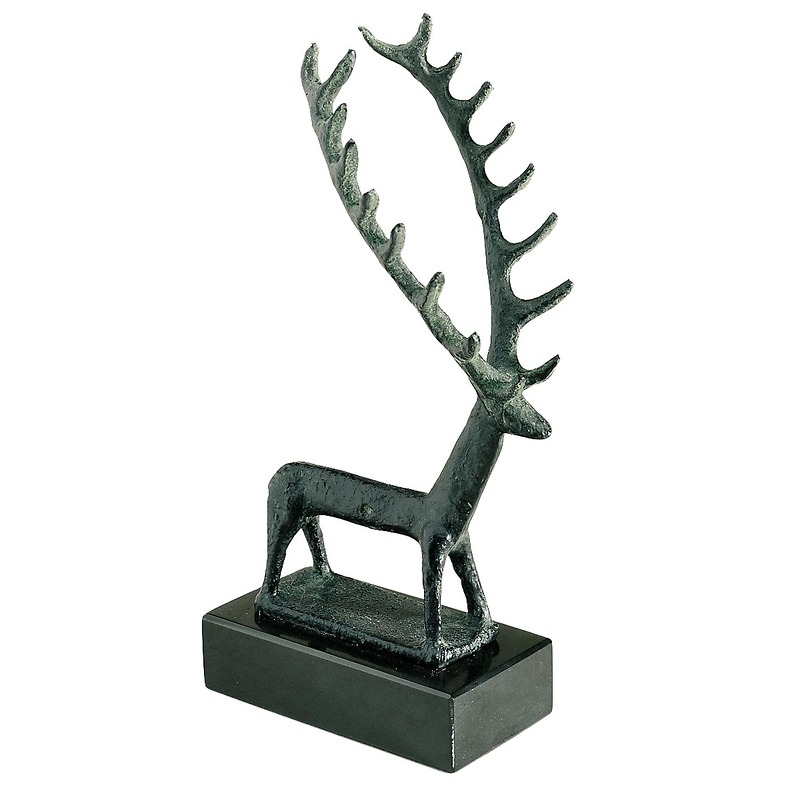
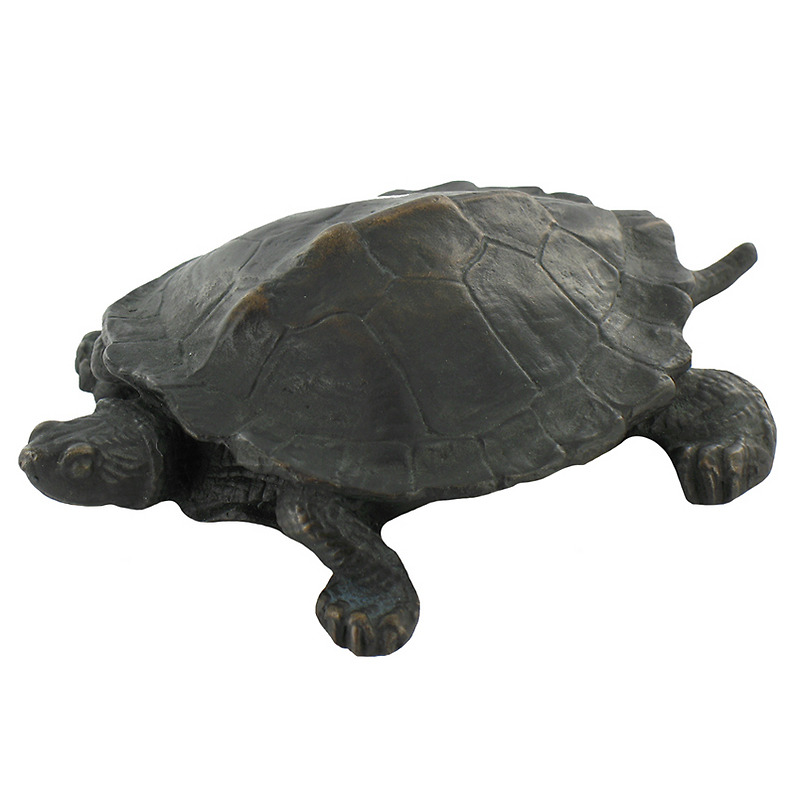
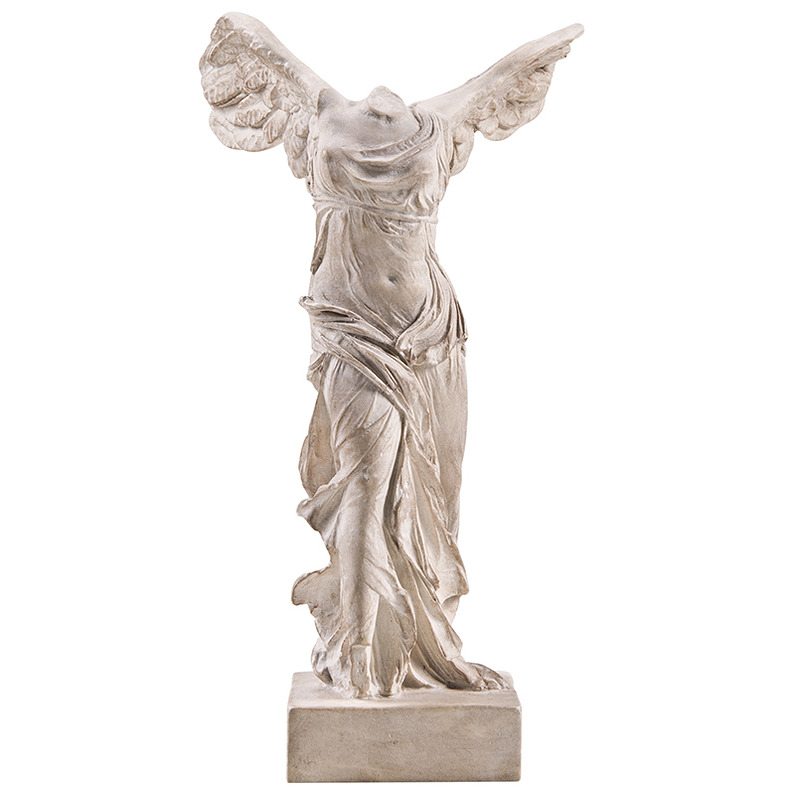
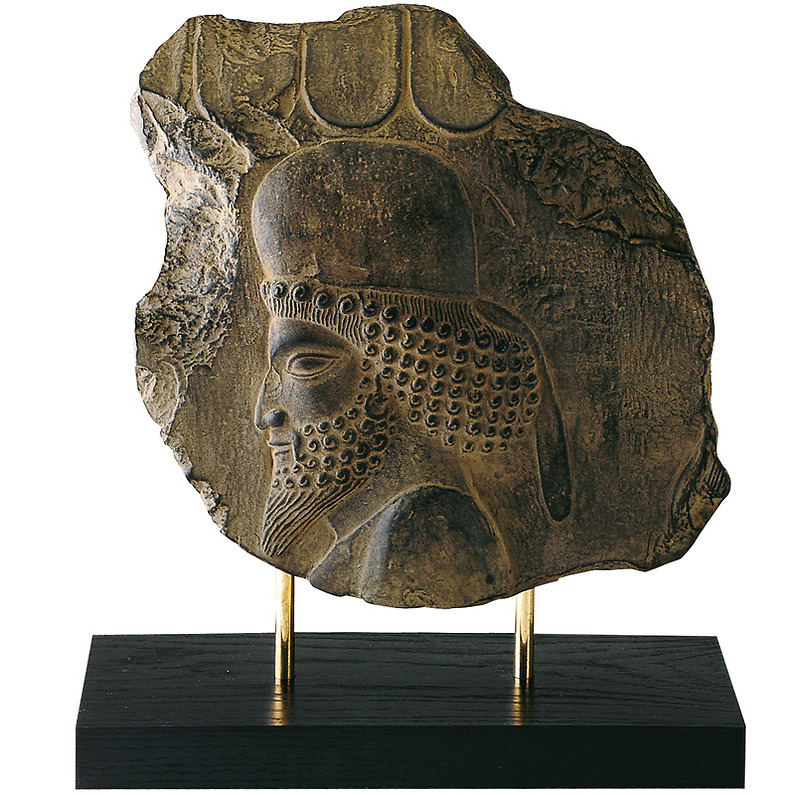

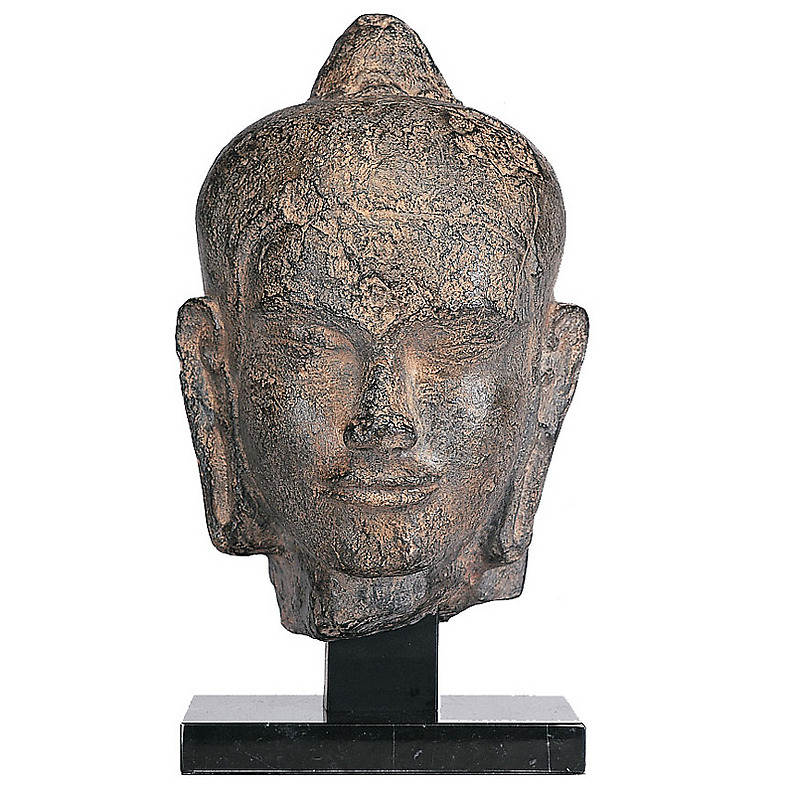
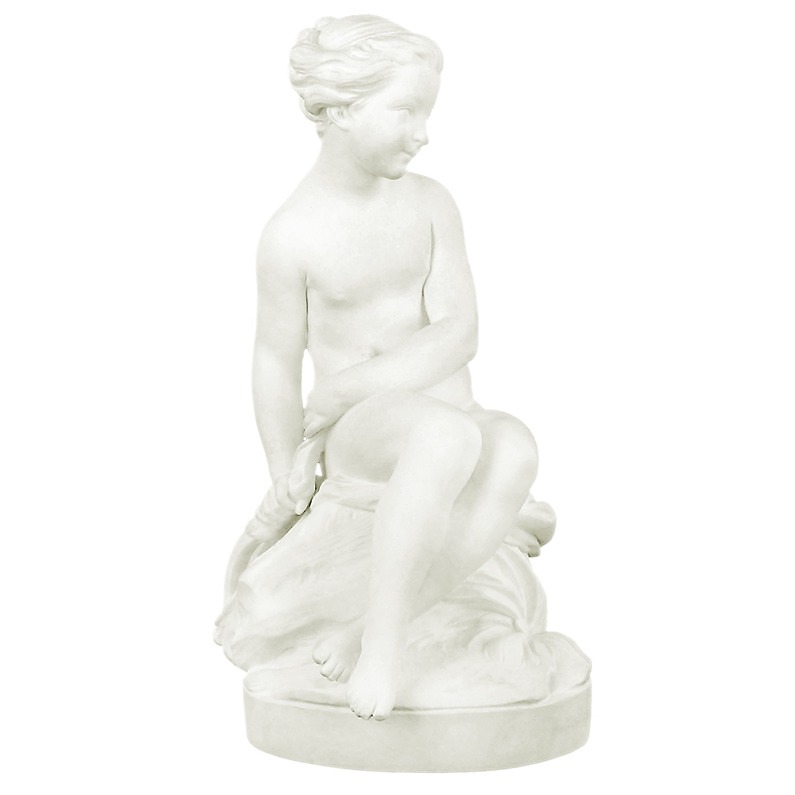
Reviews
There are no reviews yet.